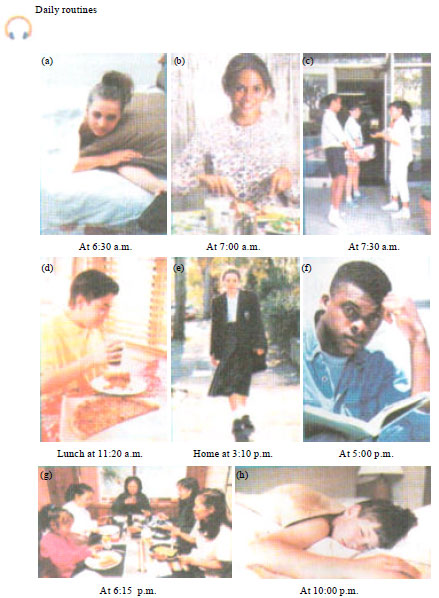Research Article
Oral Performance of EFL Learners: A Comparative Study on Effectiveness of Teaching and Knowledge Management Between Native and Non-native English Teachers
Faculty of Languages and Linguistics, University of Malaya, 50603 Kuala Lumpur, Malaysia
Mohana K. Nambiar
Faculty of Languages and Linguistics, University of Malaya, 50603 Kuala Lumpur, Malaysia
Gazi Mahabubul Alam
Academic Performance Enhancement Unit, University of Malaya, 50603 Kuala Lumpur, Malaysia
Talukder Golam Rabby
Binary Graduate School, Binary University, 47100 Selangor, Malaysia
Azam Majlesi Fard
Yazd University, Iran















